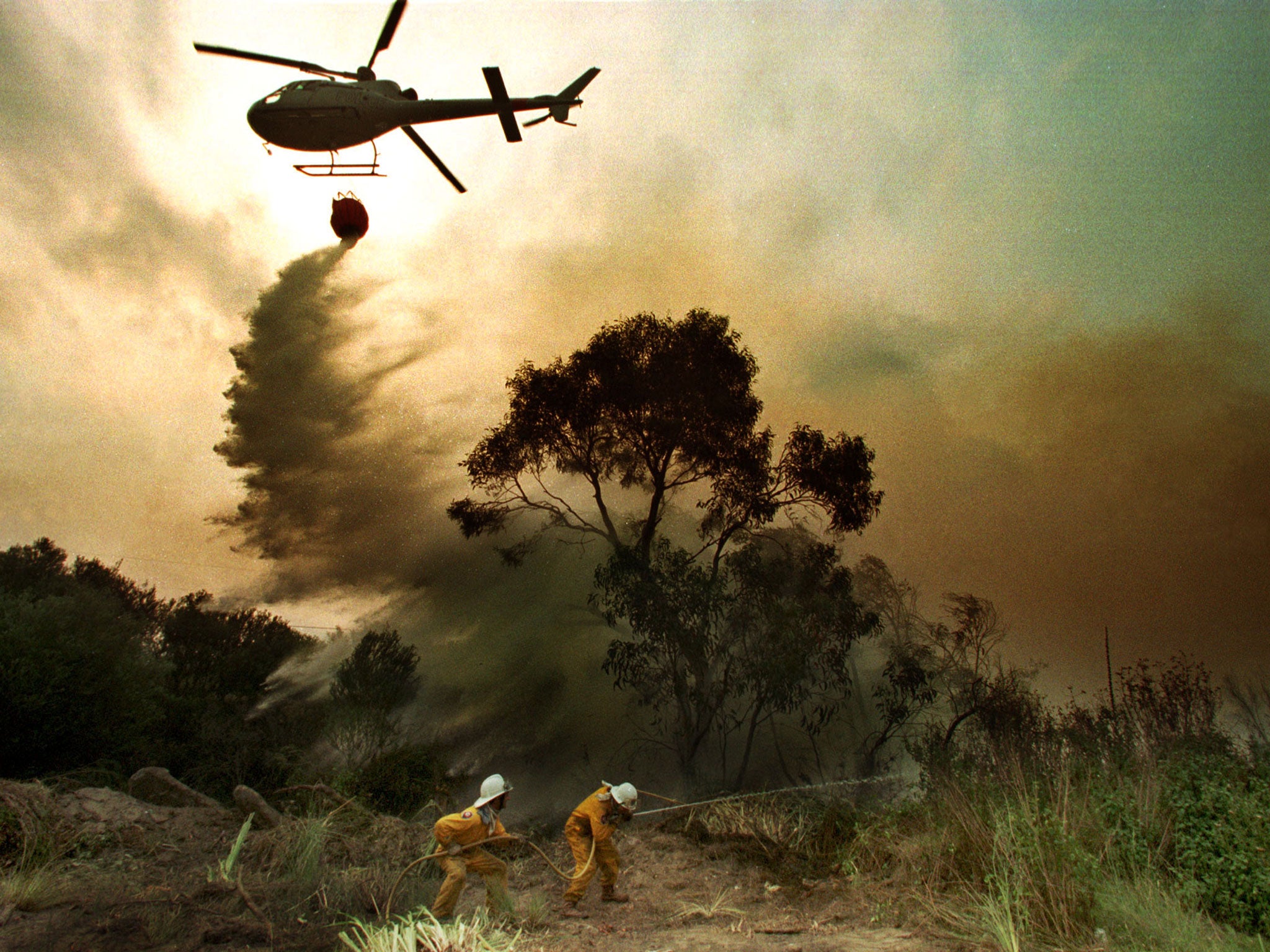Extreme El Niño events could double over next 100 years, climate experts warn
During an extreme event, countries in the western Pacific experienced devastating droughts and wild fires

Your support helps us to tell the story
From reproductive rights to climate change to Big Tech, The Independent is on the ground when the story is developing. Whether it's investigating the financials of Elon Musk's pro-Trump PAC or producing our latest documentary, 'The A Word', which shines a light on the American women fighting for reproductive rights, we know how important it is to parse out the facts from the messaging.
At such a critical moment in US history, we need reporters on the ground. Your donation allows us to keep sending journalists to speak to both sides of the story.
The Independent is trusted by Americans across the entire political spectrum. And unlike many other quality news outlets, we choose not to lock Americans out of our reporting and analysis with paywalls. We believe quality journalism should be available to everyone, paid for by those who can afford it.
Your support makes all the difference.Extreme versions of the El Niño weather phenomenon – which can bring torrential rains and flooding to one part of the world and catastrophic drought and forest fires to another – could double in frequency in the next 100 years because of global warming, a study has found.
Scientists have for the first time detected a possible link between increasing global temperatures and the more extreme versions of El Niño, when rainfall patterns across the Pacific shift dramatically from their normal range.
They believe that the frequency of extreme conditions could double, increasing their occurrence from about once every 20 years to once every 10 years.
The last extreme El Niño occurred in 1997-1998 and killed as many as 23,000 people worldwide, causing damage estimated at between £22bn and £28bn.
El Niño, which means “the boy”, or more precisely “Christ child” because it was first noticed by Peruvian fishermen to coincide with Christmas, causes intense rainfall in the eastern equatorial Pacific, where cold, dry conditions normally prevail, and intense drought in the western equatorial regions of the Pacific, including Australia.
Until now, climate scientists were unable to establish any association between the size and frequency of El Niño and rising global temperatures.
“The question of how global warming will change the frequency of extreme El Niño events has challenged scientists for more than 20 years,” said Mike McPhaden of the US National Oceanic and Atmospheric Administration, a co-author of the study.
However, findings based on analysing 20 different computer models of the global climate have now found a statistically significant link between global temperatures and El Niño.
“During an extreme El Niño event countries in the western Pacific, such as Australia and Indonesia, experienced devastating droughts and wild fires, while catastrophic floods occurred in the eastern equatorial region of Ecuador and northern Peru,” said Dr Wenju Cai of Australia’s Commonwealth Scientific and Industrial Research Organisation and the lead author of the study published in the journal Nature Climate Change.
“Our research, based on 20 climate models, found a doubling of events from the present day through the next century in response to greenhouse warming,” he added.
A change in the direction of ocean currents in the equatorial Pacific is a signature feature of El Niño, where changes to the sea surface are intimately linked with variations in wind patterns and rainfall distribution.
Extreme events develop differently from standard El Niños, which first appear as changes in the western Pacific.
Extreme El Niños occur when the sea surface temperatures exceed 28C in the normally cold waters of the eastern equatorial Pacific, where the climate is usually dry.
Extreme events occurred in 1982-83 and 1997-98, which caused massive reorganisation of global rainfall patters.
In 1982 for instance, a heatwave in Australia led to bushfires which killed 75 people, while the 1997-98 El Niño caused torrential rain and floods in America.
The study found that the 20 computer models of the global climate can simulate how extreme El Niños can increase in frequency as global temperatures rise, making it more likely that sea surface temperatures will reach 28C in the Eastern Pacific.
Join our commenting forum
Join thought-provoking conversations, follow other Independent readers and see their replies
Comments